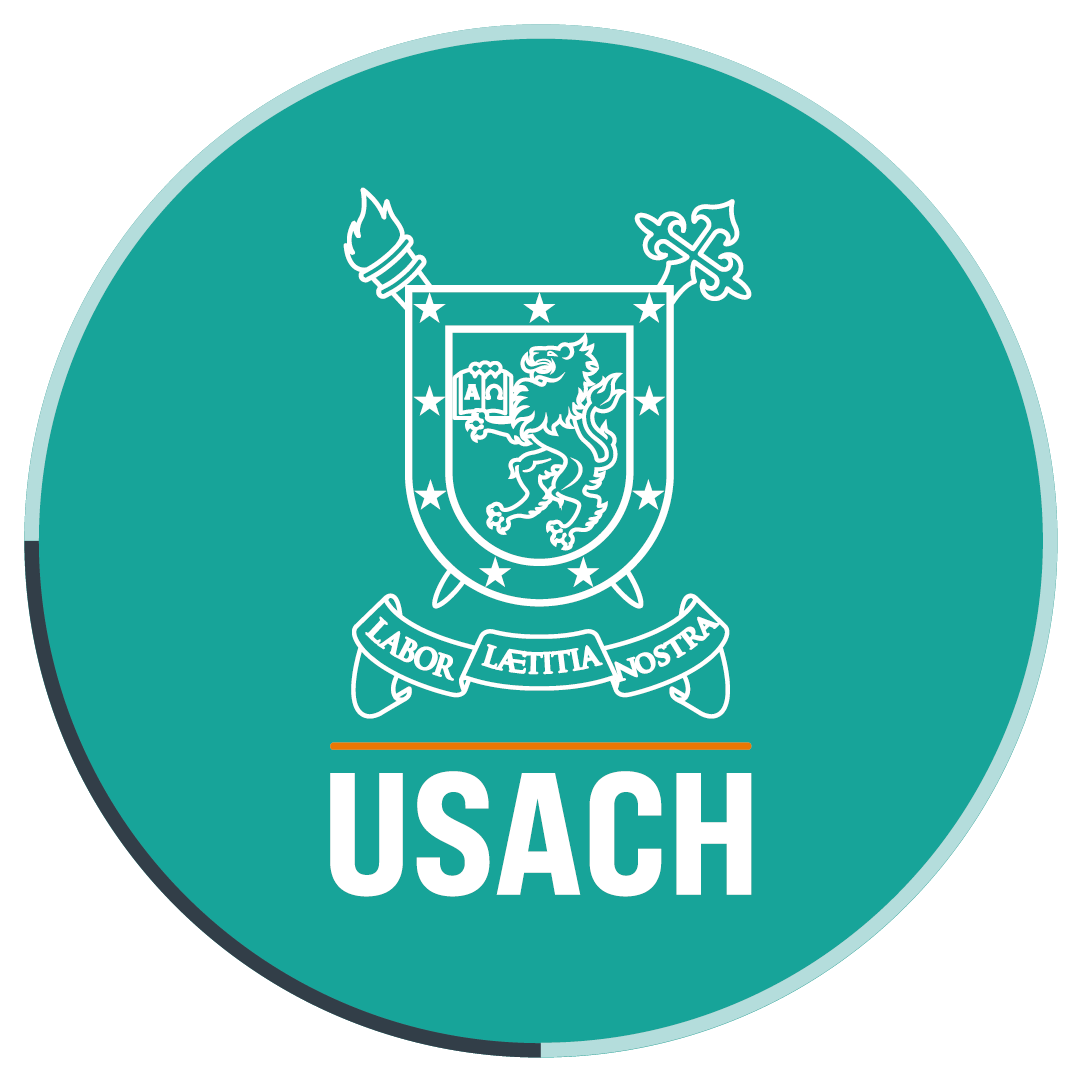Universidad de Santiago is awarded international funding to create Korean Study Center in Chile
- Universidad de Santiago has taken on a new academic challenge through the Institute for Advanced Studies: the creation of a center to deepen South Korean studies that is expected to become an example in Latin America.
The analysis of the relations between Latin America and Asia that Dr. César Ross has promoted in the Institute for Advanced Studies (IDEA, in Spanish) for several years, has borne new fruits, as the University has just been awarded funding from the South Korean government to develop a project for a Korean Study Center in Chile called Chilean-Korean Study Center Program (ChKSC-Program): For cross-country future integration based on deeper understanding in terms of Politics, Economics and Society.
The project led by Dr. Ross belongs to one of the nine institutions that were granted funds by the Ministry of Education of that country through the contest “Overseas Korean Studies Incubation 2014”, that will also fund initiatives of institutions like Universidad de Salamanca, University of Queensland, University of California-Riverside, the University of the South Pacific and the East China Normal University.
On this occasion, our University was the only institution in Latin America to receive this significant support that includes a resource allocation for the project of 50 million South Korean wons (27,276,000 Chilean pesos) a year. According to the current exchange rate, it means more than 81 million Chilean pesos over the three years to the project completion.
The project ChKSC-Program will allow the creation of a Korean Study Center in Chile, with the purpose of promoting academic exchange, addressing North-East Asia security issues, studying the process of reunification of the two Koreas and its effects; analyzing the, cooperation, competence and economic relation between the two countries since the FTA of 2004; analyzing their development of high technology and their export model, as well as their public policies and methods to reduce the breach between rich and poor, and offering at Universidad the Santiago Korean Studies oriented to the evaluation and analysis of the social and cultural exchange.
In response to the 21st century’s requirements, creating a Korean Study Center in Chile fosters in both countries the ability to analyze their similarities and differences in order to achieve a more thorough academic understanding that allows a deeper mutual integration.
“For us, it is a good opportunity and, at the same time, it is a combination of research and outreach activities as it involves academic and cultural exchange. It also offers a great deal of scope for researchers to present results and for undergraduate and graduate students to become interested in studying, reading and learning about Korea,” César Ross said.
The opportunity mentioned by Dr. Ross refers to the fact that, due to the great economic time that China currently has, the rest of the Asian countries seem to be in the shade. But for countries like Chile and for academic institutions like Universidad de Santiago, working with Korea is a more open possibility.
Besides, “it is one of the most important economies in the world, with significant scientific and technological advances and powerful higher-education institutions, with academics interested in coming to Latin America and interact with us. It is also a major trading partner of Chile,” IDEA’s researcher said.
Regarding the language barrier, Dr. Ross explained that he had already contacted the Latin American Studies Association of Korea, where there are at least 300 researchers, doctors and professors who speak Spanish.
The project that should be started next July, is also an opportunity for the South Korean country, in relation to Chile. “Together with Brasil, we are the most attractive countries in Latin America; Brasil, because it is a big country, and Chile, because its stability, security and reliability regarding economic, social and political matters,” he said.
Dr. Ross explained that, according to the ChKSC program, our University agreed to give courses or modules on Korean studies; to organize work and discussion panels; to encourage the students’ interest in Korean matters; to develop publications and promotion activities, like Korea’s week, and other actions to build links between the two countries and to make the University an example in the relations with South Korea, not only locally, but in all Latin America.
Together with the director, the project team consists of Rodrigo Álvarez, student at the American Studies Doctorate program and Master of Arts in International Political Economy from University of Tsukuba, Japan, as co-investigator, and Seonwook Choi, Bachelor’s degree in Political Science and American and British Culture from Sogang University, South Korea, as research assistant. On the other hand, the South Korean academics who will participate are Dr. Kim Seog Gun, Vicepresident of the Asan Academy and Director of the Center for the Humanities; Dr. Go Myong Hyun, a research fellowship holder at the Asan Institute for Policy Analysis, and Dr. Yun-Joo Park, Assistant Professor at the Department of Spanish and Latin American Studies of Keimyung University and Chief Editor of the Asian Journal of Latin American Studies.
For the official list of the projects selected, check the following link:
http://ksps-pms.aks.ac.kr/jsp/rschr/sl/SlLastSlcList_eng.jsp?bizCd=INC&bizYr=2014&bizNgr=1
Translated by Marcela Contreras

